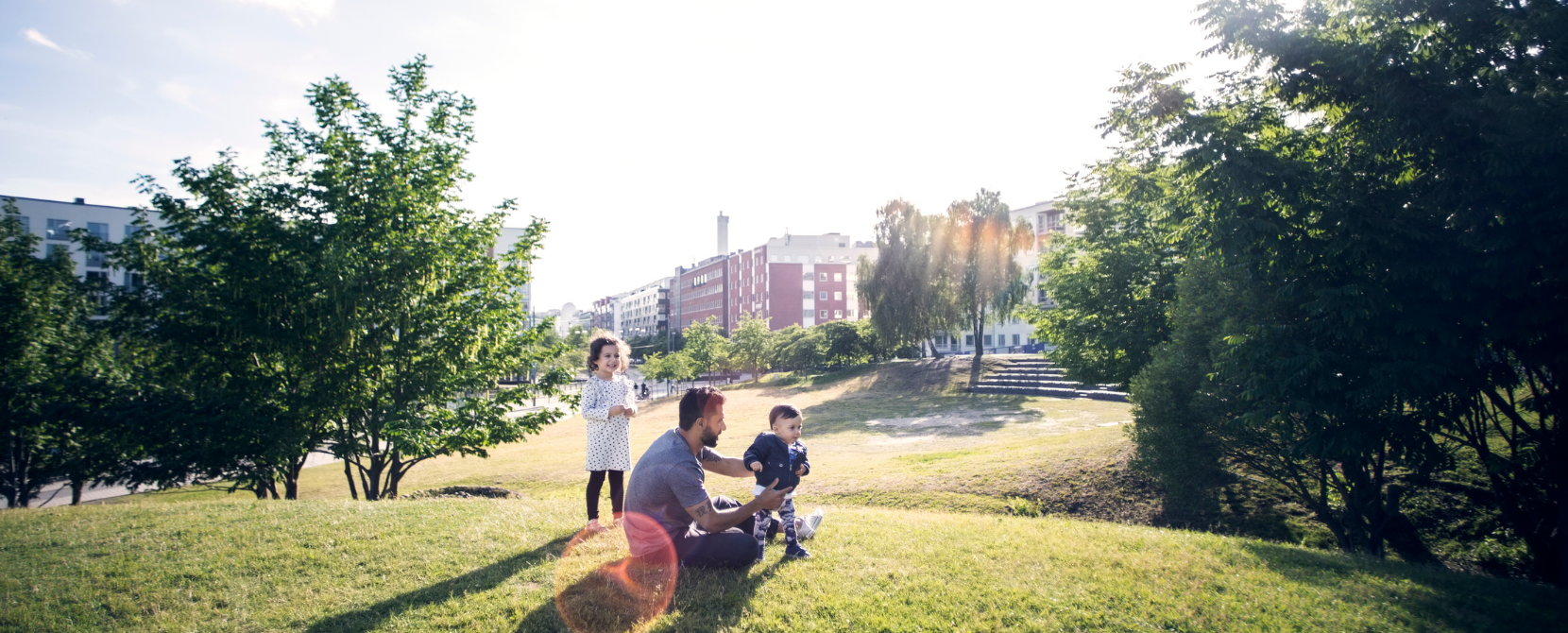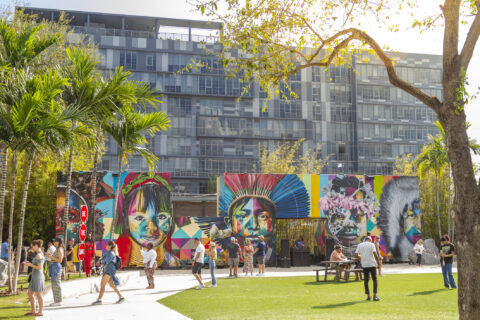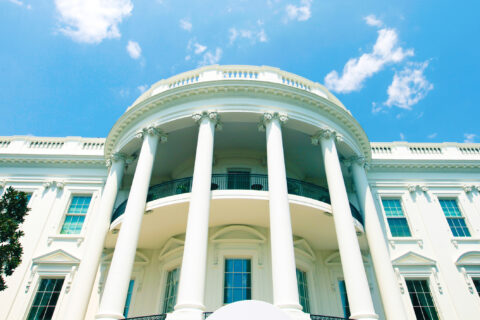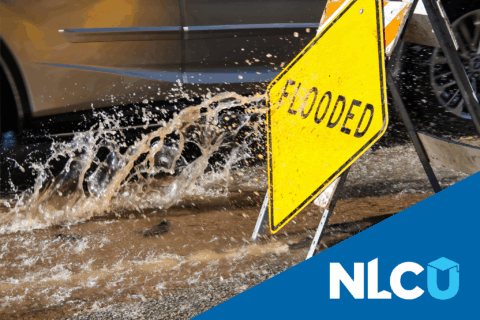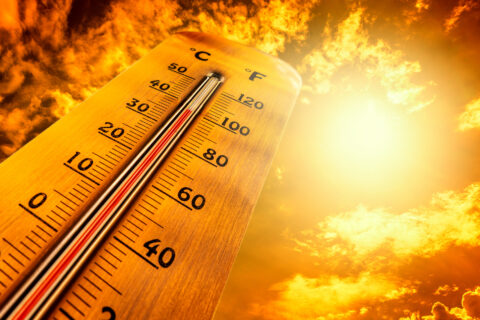In the two years since the Bipartisan Infrastructure Law (BIL), officially known as the Infrastructure Investment and Jobs Act (IIJA), became law, communities of all sizes have been using these funds to address longstanding environmental problems, invest in infrastructure and prepare for emergent climate challenges. Among many climate and environmental funding opportunities, programs administered by the U.S. Environmental Protection Agency (EPA), the Federal Emergency Management Agency (FEMA), and the U.S. Bureau of Reclamation have provided much-needed support to municipalities looking to advance environmental goals.
Below are examples of how communities have taken advantage of these funds to create and expand programs that remediate environmental hazards, reduce waste, and prepare for the intensifying impacts of climate change.
Solid Waste Infrastructure for Recycling (SWIFR)
EPA’s Solid Waste Infrastructure for Recycling (SWIFR) program provides funding to municipalities, counties, states, territories and tribes to improve post-consumer materials management, waste management and recycling programs. In FY 2023, 14 municipalities received funding through the program.
Iowa City, IA, a Justice40 Community1 serving approximately 76,000 residents, was one of these municipalities. The city was awarded $4 million in SWIFR funding to expand its composting facility’s capacity from 15,000 tons to 20,000 tons a year. Increased capacity will divert more organic waste from landfills, increase resident access to composting services and reduce greenhouse gas emissions. The compost will subsequently be used to fertilize local farms and gardens.
In response to the award, City Manager Geoff Fruin said, “These funds will enable us to expand and modernize our existing compost facility to better meet the future needs of our growing community. This grant award clearly demonstrates our shared commitment with the federal government toward waste reduction and climate action in ways that add value to the public.”
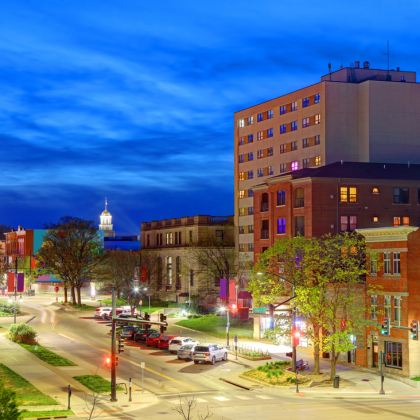
Learn more about SWIFR grants and other awardees here.
Brownfields Multipurpose, Assessment, Revolving Loan Fund and Cleanup (MARC)
Brownfields Multipurpose, Assessment, Revolving Loan Fund and Cleanup (MARC) from the EPA is addressing crucial environmental and public health needs while spurring economic development and job creation. In FY 2023, 262 communities received grants totaling $215 million with an additional $45 million in supplemental funding to 22 existing Revolving Loan Fund Grant recipients to further their brownfields cleanup and redevelopment projects.
Beattyville, KY, a Justice40 Community serving approximately 1,500 residents, received $499,939 to clean up a former city jail and firehouse that was built by the Works Progress Administration but has since closed due to concerns from lead paint, asbestos and mold. Because of its central location and historical significance, the city hopes the project will spur revitalization in the Main Street district and create jobs. It plans to house a farmers’ market, bed and breakfast and café to support small local businesses and attract tourists to the historic district. Funding will also be used for community outreach and engagement.
Building Resilient Infrastructure and Communities (BRIC)
FEMA’s Building Resilient Infrastructure and Communities (BRIC) program is designed to support disaster and natural hazard mitigation projects for municipalities, states, tribes and territories. The program has a particular focus on helping communities build capacity, partnerships and innovative solutions for hazard mitigation. In addition to financial support, BRIC offers technical assistance to municipalities on holistic hazard mitigation planning.
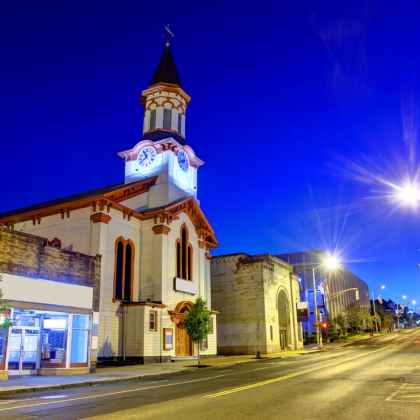
One example of successful partnership to address hazard mitigation is the Island End River Coastal Flood Resilience Project in Chelsea, MA, a Justice40 Community serving approximately 39,000 residents, and Everett, MA, a Justice40 Community serving approximately 49,000 residents. Across the Mystic River from Boston, Chelsea and Everett are environmental justice communities with over 500 acres of land at risk for coastal flooding. The Island End River Coastal Flood Resilience Project was awarded $50 million in BRIC funding to reduce flood risk in residential neighborhoods and an industrial district across the two cities. The project uses vegetated berms, flood gates, floodwalls and a living shoreline to reduce flooding, replacing the existing predominantly grey flood mitigation infrastructure that has degraded over time and become a trap for debris and litter.
The Island End River Coastal Flood Resilience Project will protect regional food distribution, energy infrastructure and homes from coastal flooding while creating waterfront access and open community space in environmental justice neighborhoods.
The FY2023 grant cycle is now open through February 29, 2024, with $1 billion in BRIC funding available, as well as $800 million for Flood Mitigation Assistance to local, state, tribal and territorial governments. Learn more about applying for this opportunity here.
WaterSMART Initiative
The Bureau of Reclamation’s WaterSMART Initiative seeks to address the combined challenges that widespread drought, aging infrastructure, climate burdens and growing demand all place on western water resources. The funding is to be used for investments in improving water conservation and drought resilience in priority areas in the American West.
WaterSMART grants fall into three categories: Water and Energy Efficiency Grants, Small Scale Water Efficiency Projects and Water Marketing Strategy Grants. Water and Energy Efficiency Grants are the primary funding category and fund projects that demonstrate a quantifiable and sustained water use reduction. Applicants can request up to $500,000 for a two-year project, $2 million for a three-year project, and $5 million for a three-year project with a non-federal cost share at or over 50 percent of the total project cost.
Hemet, CA, a Justice40 Community serving approximately 85,000 residents, won $100,000 in funding to implement a Cash for Grass Rebate Program. Residential and commercial water users can swap their turf lawns for drought tolerant landscaping and get a rebate of $2 per square foot of turf. Coupled with additionally secured funding, the total project cost was $200,052. Hemet expects an annual water savings of eight acre-feet because of the rebate program, reducing the city’s need to pump groundwater.
Read more about what WaterSMART’s grant programs have to offer here.
Across the country, local governments are using BIL funding to expand existing climate and environmental initiatives and launch new, innovative programs that make needed investments towards climate and environmental justice. For more guidance on accessing federal funding for environmental action, check out NLC’s resource on Federal Funding Sources for Municipal Sustainability and Climate Action, EPA’s Funding Announcements from the Bipartisan Infrastructure Law and the Inflation Reduction Act and the White House’s Investing in America: Climate Action Funding Resource Guide.
To see a full list of local government award winners under BIL, visit NLC’s Rebuilding America Dashboard.
1 A Justice40 Community is defined by the Administration as a disadvantaged community that is marginalized, underserved, and overburdened by pollution. Justice40 indicators in this blog series are categorized by the municipalities census tracts being all Justice40 qualifying or the project being in or adjacent to a designated Justice40 census track.
